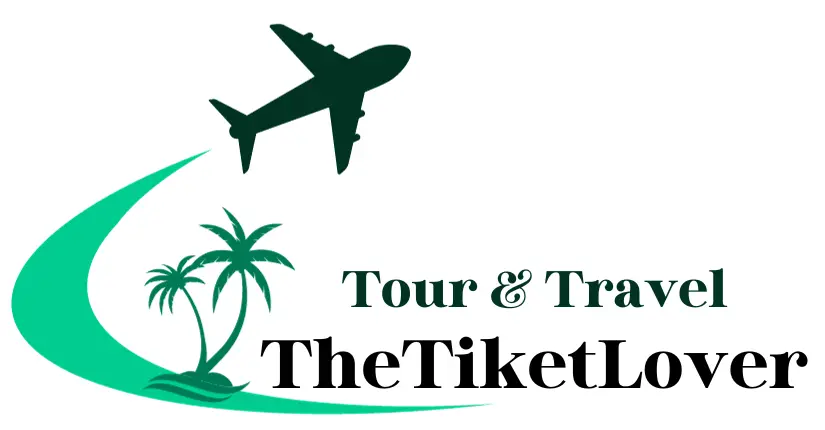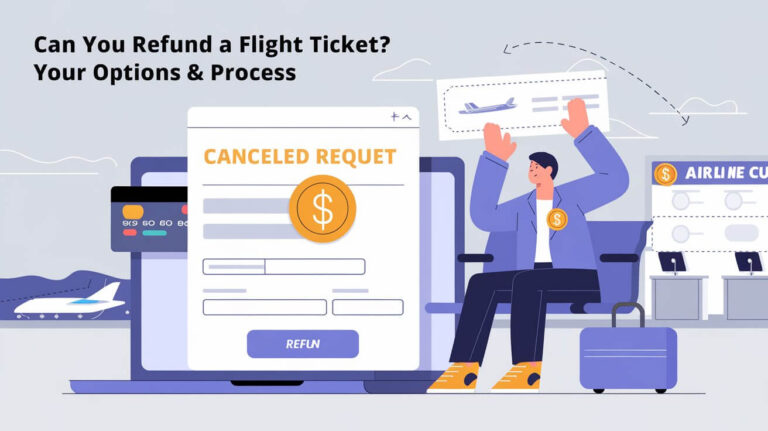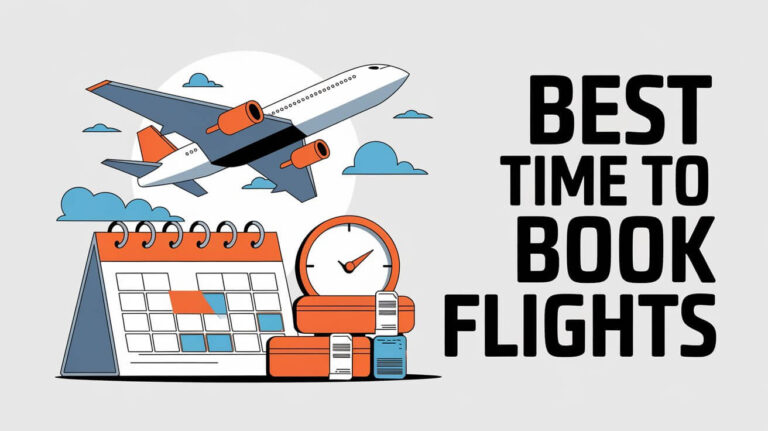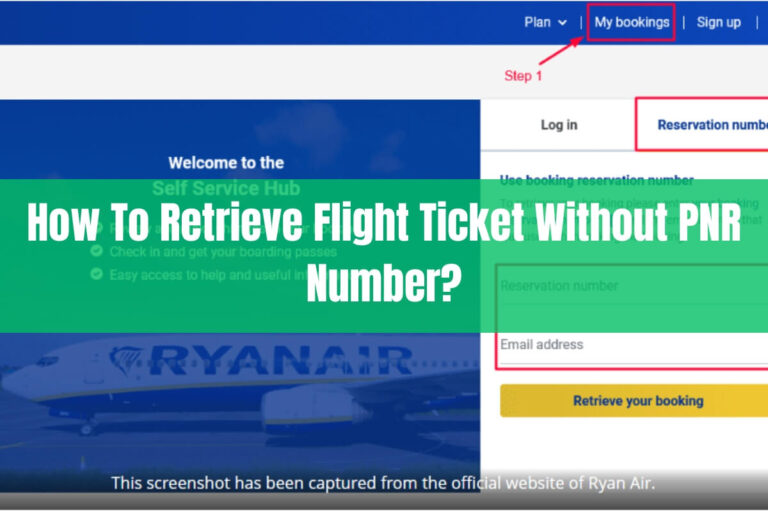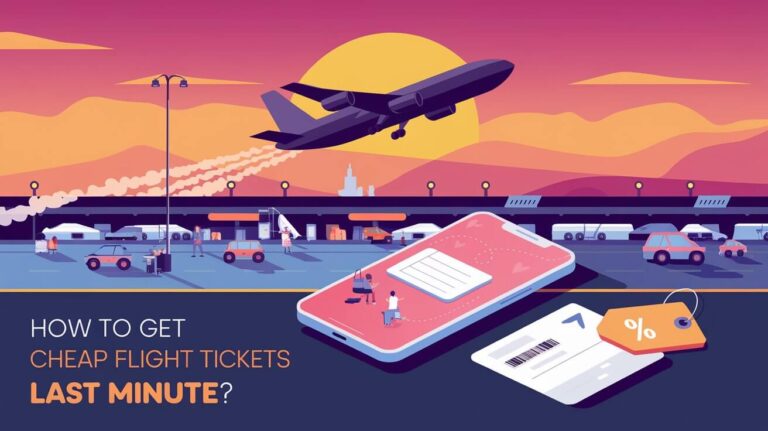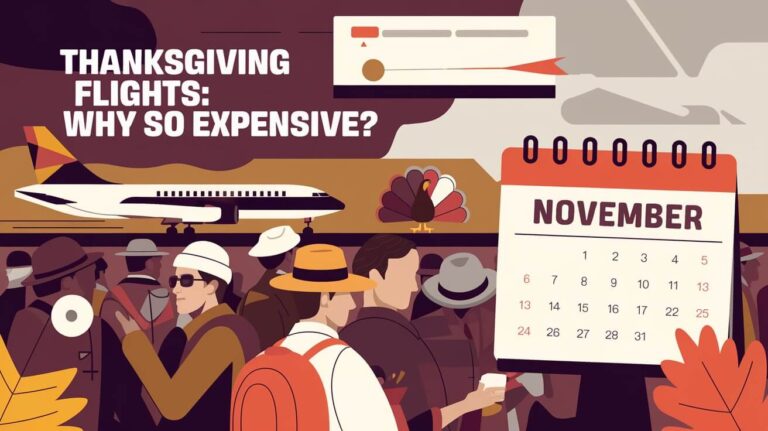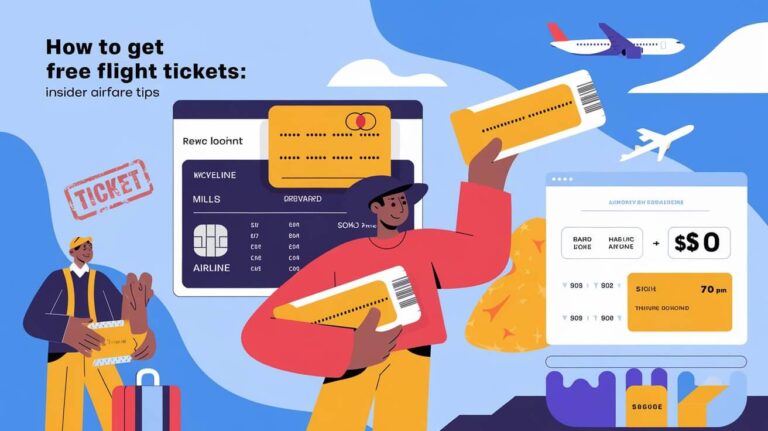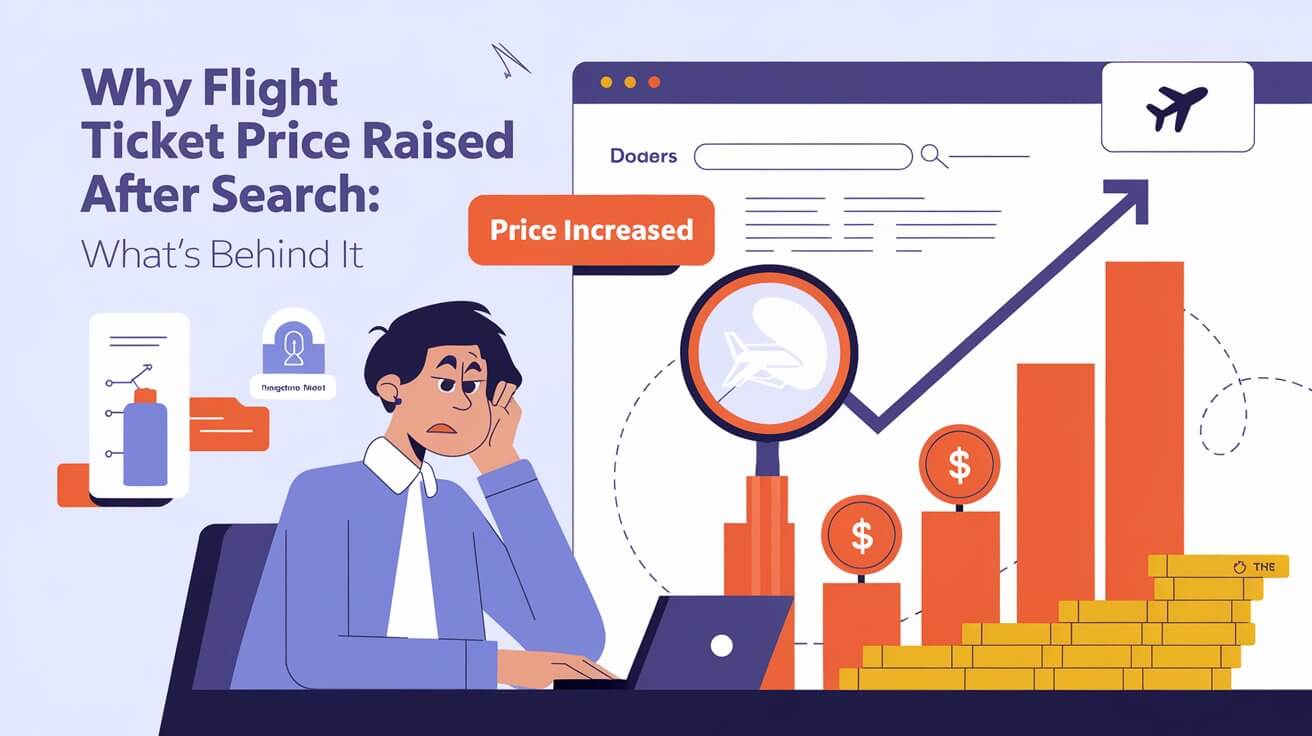
Air travel has become more expensive. The Consumer Price Index (CPI) for airline tickets has risen by 25% in the last year. This is the biggest jump seen in 1989. Several factors contribute to this increase, including dynamic pricing algorithms.
These algorithms watch how people search for flights and change prices based on that. For example, a round-trip economy ticket from Los Angeles to Philadelphia now costs $685. This is a big jump from the past price of about $320.
Many things affect flight ticket prices. The cost of jet fuel has gone up by nearly 150% in the past year. Also, spending at airlines and travel agencies has increased by 60% year-over-year, according to a Bank of America Institute survey.
To avoid higher prices, travelers can use incognito mode or clear cookies. These actions help prevent online booking platforms from tracking and raising prices. By knowing these tips, travelers can find cheaper flights and enjoy their air travel more.
Dynamic Pricing Algorithms in Air Travel
Airlines adjust prices using dynamic pricing algorithms. These algorithms change prices based on demand and how people behave. LinkedIn says these algorithms make prices go up when people search for flights more often.
Several things affect how airlines set prices:
- Search volume and frequency
- Booking patterns and history
- Market demand and competition
- Consumer behavior and willingness to pay
Real-Time Market Demand Analysis
Airlines analyze demand to set prices. They look at search volume, booking patterns, and how people behave. This helps them make more money by adjusting prices.
Automated Price Adjustment Systems
Airlines use systems to change prices quickly. These systems use algorithms to adjust prices based on demand. This helps them stay competitive.
Consumer Behavior Tracking Methods
Airlines track how people behave online. They look at search history and booking patterns. This helps them understand what people want and adjust prices.
| Airline | Number of Fare Buckets |
|---|---|
| American Airlines | 24 |
| Delta Airlines | 77 |
Understanding dynamic pricing helps consumers make better choices. Knowing how search volume affects prices can help. Booking early or using incognito mode can also save money.
Browser Cookies and Price Fluctuations
When you search for flights online, it’s key to know how browser cookies affect prices. Browser cookies can track your search history, which might lead to higher prices. To dodge this, using incognito mode or clearing cookies often can prevent price hikes.
Here are some tips to avoid price increases due to browser cookies:
- Use incognito mode to prevent cookies from tracking search history
- Clear cookies and cache on devices regularly
- Change devices or use a VPN to access neutral pricing
- Set fare alerts to monitor price drops and optimize booking timing
Airlines use different fare classes, and most price changes come from the cheapest fare class selling out. For instance, a roundtrip from Minneapolis-St. Paul (MSP) to Las Vegas (LAS) might start at $158. This shows how prices can change based on fare class availability.
| Airline | Fare Class | Price |
|---|---|---|
| Delta | Economy | $158 |
| American Airlines | Basic Economy | $168 |
| United Airlines | Economy Plus | $198 |
Grasping the concept of browser cookies and how prices change allows travelers to make smarter choices when reserving flights. Using online booking sites and staying informed about price changes can lead to better deals and avoid higher costs.
Role of Search Volume in Ticket Costs
Airlines adjust prices based on how many people search for flights. LinkedIn says a big increase in searches can lead to higher prices right away. This shows that more searches mean higher ticket costs.
Knowing when to book can help you save money. Booking during less busy times can lead to cheaper flights. Also, looking at how popular a route is and when people search for it can help you make smart choices. Here are some important things to think about:
Peak Search Times Impact
- More searches mean higher prices.
- Weekends and holidays are usually more expensive.
- Booking on weekdays can be cheaper.
Route Popularity Factors
How popular a route is affects ticket prices. Flights to big tourist spots cost more because more people want to go there. Less popular routes are often cheaper.
Seasonal Search Patterns
Seasons also play a part in ticket prices. Summer and holidays are busier and more expensive. But, flying during slower times can save you money.
| Search Volume | Peak Search Times | Route Popularity | Seasonal Search Patterns |
|---|---|---|---|
| High | Weekends and holidays | Popular routes | Peak travel seasons |
| Low | Weekdays | Less popular routes | Off-peak seasons |
Understanding these factors can help you find the best deals on flights. It’s key to consider search volume, when people search, how popular a route is, and the season to get the best prices.
Airline Inventory Management Systems
Airline inventory management systems are key in setting ticket prices. They help airlines adjust prices based on demand, aiming to make more money. ProxyScrape says airlines use these systems to change prices as needed. This lets them keep up with market changes and improve their pricing.
Good airline inventory management means looking at demand and setting prices with complex models and past data. Dynamic pricing lets airlines change prices often to match the market. For instance, Delta Airlines is using AI to make pricing easier and more efficient.
Several things affect airline inventory management and pricing:
- Demand and supply
- Seasonality
- Weather conditions
- Fuel prices
Airlines use these factors to create pricing plans that meet their goals and customer needs. As the airline world keeps changing, the need for better inventory management and pricing will grow.
Price Discrimination Strategies in Aviation
Airlines use different ways to make more money, like price discrimination. This means they charge different prices to different people. They look at where you are, what device you use, and what you’ve searched for online. For example, American Airlines made an extra $500 million a year by using this strategy.
One big part of this is setting prices based on where you are. Airlines change prices based on how much people want to fly from certain places. They also look at what device you use to book your flight. And if you’ve looked at a certain route before, they might charge you more.
Essential Components of Price Discrimination
- Geographic location targeting: adjusting prices based on demand from specific regions
- Device-based pricing: varying prices depending on the device used to book the flight
- Search history analysis: increasing prices if a customer has shown interest in a particular route
These pricing strategies can really affect how much you pay for a flight. By knowing how airlines use data, you can make better choices when booking. Airlines aim to make more money, and they use many ways to do this. It will be interesting to see how they change their strategies as the industry grows.
| Airline | Price Range | Destination |
|---|---|---|
| American Airlines | $366 – $456 | Philadelphia, PA (PHL) to Los Angeles, CA (LAX) |
| Delta Air Lines | $127 – $217 | Philadelphia, PA (PHL) to Los Angeles, CA (LAX) |
Supply and Demand Economics in Flight Pricing
Airlines adjust prices based on supply and demand, says ProxyScrape. Prices can go up by 50% in peak seasons. But, booking flights during off-peak hours can lead to savings of 20-30%.
Many factors influence flight pricing, like fuel costs, which can be up to 30% of expenses. When fuel prices rise, so do airfare costs. Economic conditions also play a big role, affecting demand and airline pricing strategies.
Here are some tips to save on flights: * Book mid-week or during off-peak hours. * Choose smaller airports over big ones. * Use tools like Google Flights and Skyscanner to track prices. * Look at lower fare tiers, but know about possible restrictions.
| Booking Time | Potential Savings |
|---|---|
| 3 months in advance | 20-30% |
| Mid-week flights | up to 30% |
| Smaller hub airports | up to 20% |
Analyzing the relationship between supply and demand in flight pricing can lead to cost savings. Booking early, being flexible, or using fare-tracking tools are all good strategies. These methods can help you make the most of the airline industry’s dynamics.
Data Collection Methods Airlines Use
Airlines use many ways to change prices based on what customers do and what others charge. LinkedIn says they look at customer profiles to know who to price for. They see what customers like and price things to match.
Some main ways airlines get this data include:
- Customer profile analysis: They gather info on who customers are, where they’ve been, and what they like. This helps them set prices that appeal to those people.
- Booking pattern recognition: Airlines study how people book to spot trends. Then, they change prices to fit what they see.
- Competition monitoring systems: They keep an eye on what others charge. This way, they can price their flights right to stay competitive.
Using these methods, airlines can set prices that make them more money. They can also offer special deals that are more likely to get people to book. As the airline world keeps changing, using data to set prices will become even more key.
| Data Collection Method | Description |
|---|---|
| Customer Profile Analysis | Collecting data on customer demographics, travel history, and preferences |
| Booking Pattern Recognition | Analyzing booking patterns to identify trends and adjust prices |
| Competition Monitoring Systems | Monitoring competitors’ prices and adjusting own prices to remain competitive |
Travel Agent versus Direct Booking Prices
Travelers often debate whether to use a travel agent or book flights directly. Travel agents can offer lower prices and personalized service. Studies show that up to 70% of passengers find better deals through travel agents than online.
Travel agents have direct access to airline inventories, saving up to 30% on flights. They can also get extra discounts and perks, like upgrades. But, using a travel agent can cost between $25 to $200 per booking, depending on the trip’s complexity.
Some benefits of using a travel agent include:
- Personalized service and expert guidance
- Access to exclusive deals and discounts
- Ability to facilitate adjustments to bookings immediately
- Assistance with visa and travel formalities
Direct booking through airlines or online travel agencies is convenient and can be cheaper. But, it may not offer the same level of service as a travel agent. The choice between a travel agent and direct booking depends on what each traveler values most. By weighing the pros and cons, travelers can find the best flight prices for their needs.
Price Protection Tools and Services
When you book flights, it’s key to think about price protection tools. These can save you money. Fare lock lets you secure a price for a while. It’s great if you’re not sure about booking right away. Also, price tracking apps can watch price changes and alert you to drops.
LinkedIn says these tools can cut your flight costs. For instance, Google Flights’ Price Guarantee gives refunds if prices fall after booking. This is available on airlines like Alaska and Hawaiian. Expedia’s Price Drop Protection also helps you save if prices go down after booking.
Using these tools has many benefits. You can save on flights, avoid price hikes, and get refunds if prices drop. Plus, you’ll stay updated on price changes.
| Airline | Price Protection Tool | Refund Policy |
|---|---|---|
| Google Flights | Price Guarantee | Refund via Google Pay, up to $500 per year |
| Expedia | Price Drop Protection | Refund, with a fee of $7 |
| Capital One | Price Protection | Refund up to $50 in travel credits |
Price protection tools and services can help you save on flights. Just make sure to check the refund policies and fees. This way, you’ll get the best deal.
Smart Booking Techniques for Better Rates
Timing is key when booking flights. Smart booking techniques can help travelers save money. According to ProxyScrape, these methods can lead to cheaper flights. Being flexible with travel dates is one way to save.
Flying on Tuesdays, Wednesdays, and Saturdays often means lower prices. This is because fewer people travel on these days. It’s a smart move to book during these times.
Price tracking tools are also useful. They help monitor price drops and send alerts for the best times to book. Google Flights is a top choice for this, with features like “Calendar View” and “Price Graph”. These tools show trends and help pick the best booking time.
Setting up “Price Alerts” is another smart move. It keeps travelers informed of price changes for their desired routes. This makes finding the best deal easier.
Other smart booking tips include considering flights with layovers. These are often cheaper than direct flights. Also, traveling during off-peak seasons can lead to big savings. By using these techniques, travelers can make their flight booking more affordable.
- Be flexible with travel dates to find lower prices
- Use price tracking tools to monitor price drops and receive notifications
- Consider flights with layovers for cheaper options
- Travel during off-peak seasons for significant airfare savings
Final Thoughts
As we wrap up our look at air travel pricing, it’s clear that smart shoppers can find cheaper flights. Knowing what affects prices, like search volume and season, helps. This knowledge lets travelers book wisely and save money.
Studies show that booking on Sundays can save up to 6% for domestic flights. International flights can save 17%. Flying on Tuesdays and Wednesdays can also lead to big savings. Being flexible with travel times can help you save a lot.
Tools like fare locks and price trackers can also help. They let you keep an eye on prices and grab deals. This way, you can make sure you’re getting the best deal.
Ultimately, finding cheap flights is about understanding the market and using the right tools. By staying informed and flexible, you can enjoy cheaper air travel. It’s all about knowing how to navigate the pricing world.
